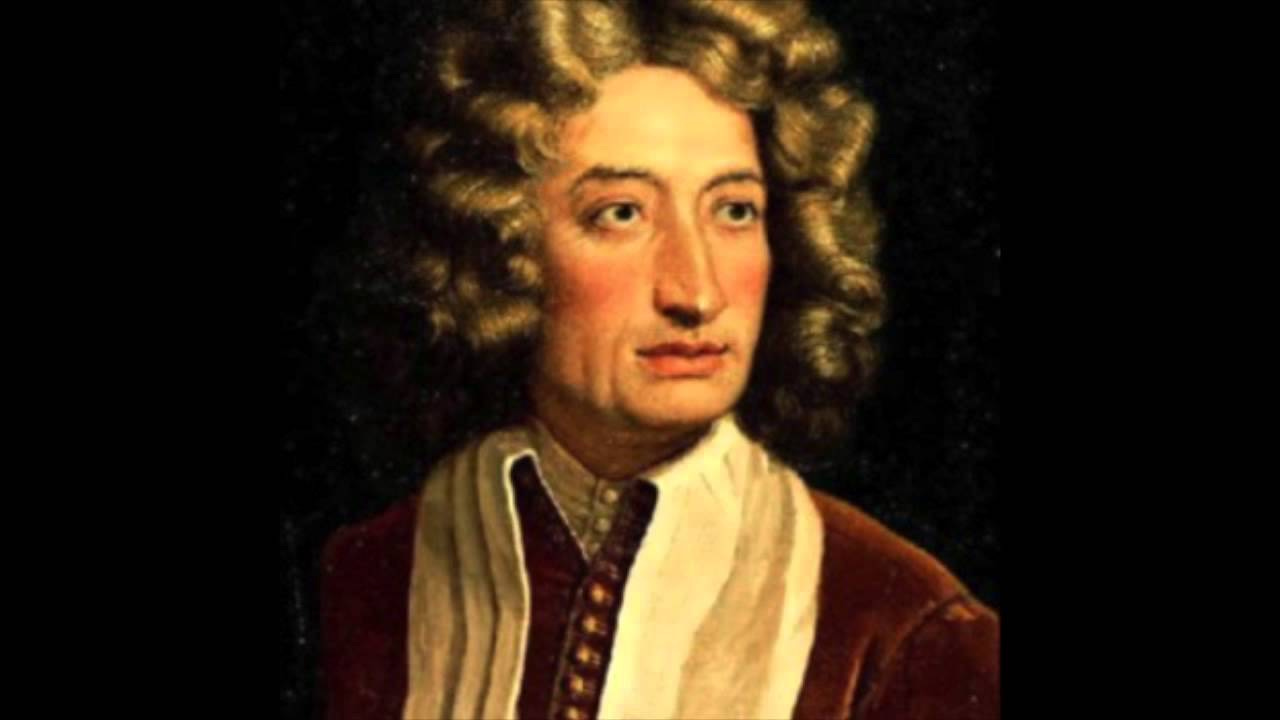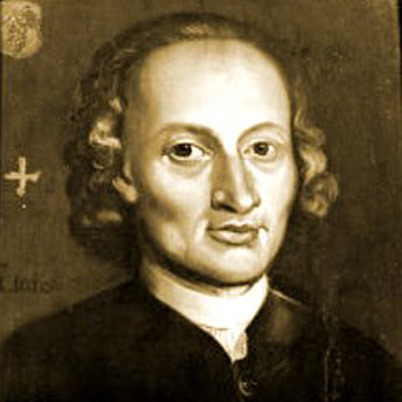Welcome to our journey into the rich history of one of the most beloved classical pieces, Canon in D Major by Johann Pachelbel. This Baroque masterpiece, with its serene beauty and timeless appeal, has enchanted listeners for centuries, becoming a staple in weddings, graduations, and other life celebrations. Let’s dive into the origins, structure, and cultural significance of this celebrated composition.
The Origins of Canon in D Major
Johann Pachelbel (1653-1706), a prominent German composer and organist, was a highly influential musician during the Baroque period. Born in Nuremberg, Pachelbel was a respected composer, noted for his keyboard and choral works, and a teacher to other notable musicians, including members of the Bach family. While Pachelbel’s work includes a wide variety of sacred and secular music, it is Canon in D Major that has left an indelible mark on the world of music.
The exact date of the composition of Canon in D Major remains a mystery. Historians believe it was likely written sometime between 1680 and 1706. It was part of a series of chamber music works that Pachelbel composed, and it is believed to have been crafted as a piece of celebratory music, potentially for a wedding or a formal event. Interestingly, the piece went largely unnoticed for centuries and only rose to international fame in the 20th century.
The Structure of Canon in D Major
Canon in D Major is technically a canon, a form where multiple voices or instruments play the same music at staggered intervals, creating a harmonious layering effect. This piece also includes a ground bass, a repeated bass line that forms the foundation over which the canon is played. The bass line in Canon in D is a simple, eight-note pattern that repeats throughout the piece, grounding the composition and giving it a sense of order and predictability.
As the music progresses, Pachelbel adds variations in the upper voices, creating a series of interwoven melodies that give Canon in D its flowing, soothing quality. The resulting sound is complex yet harmonious, uplifting yet calm—a balance that has helped make it so universally appealing.
The Rediscovery of Canon in D Major
After Pachelbel’s death, Canon in D fell into obscurity for centuries. It wasn’t until the early 20th century that scholars and musicians rediscovered Pachelbel’s works, including Canon in D. The piece began to be performed and recorded in the 1960s and 1970s, gaining significant attention after it was featured in popular movies and television shows. The piece found new audiences and became a popular choice for weddings, graduations, and other ceremonial events.
One of the most influential moments in its rediscovery came when French conductor Jean-François Paillard recorded the piece with his chamber orchestra in the 1960s. This recording spread quickly, and the piece’s popularity grew dramatically, securing its place in both classical and popular music.
Canon in D in Modern Culture
Today, Canon in D Major is one of the most recognized and frequently performed pieces of Baroque music. It is often chosen for weddings, processions, and ceremonies for its graceful and uplifting qualities. Musicians across genres—from classical to pop—have adapted the work, showcasing its versatility and enduring charm.
The piece has also found a place in modern media, appearing in movies, television shows, commercials, and even video games. Its simple, elegant harmony appeals to people of all ages, backgrounds, and tastes, embodying a universal beauty that transcends time and place.
Why Canon in D Major Remains Timeless
What makes Canon in D Major such an iconic piece of music? Its enduring appeal lies in its perfect balance of simplicity and sophistication. The repeating bass line provides a stable foundation, while the evolving harmonies create a sense of progress and development. This duality mirrors the complexities of life itself, making it suitable for both joyous and reflective moments.
In a world that often seems chaotic, Canon in D offers listeners a sense of peace and harmony, a timeless reminder of the beauty of order, symmetry, and unity.
Experience the Beauty of Canon in D Major
Whether you are a lifelong classical music enthusiast or are discovering Canon in D for the first time, this piece offers something for everyone. Its beauty is universal, and its impact timeless. Pachelbel’s Canon in D Major stands as a testament to the power of music to connect, inspire, and elevate us all.


Comments are closed